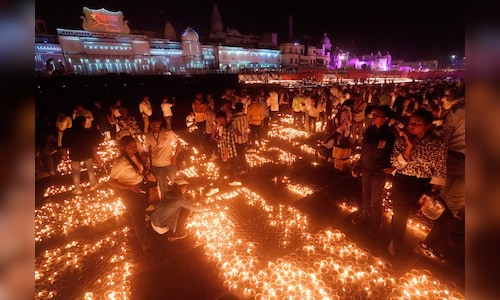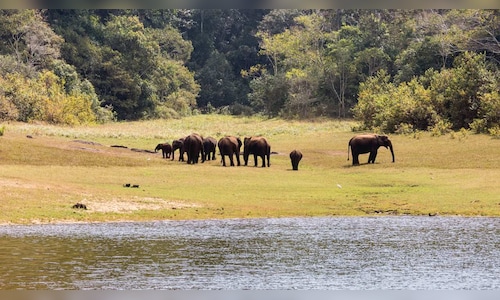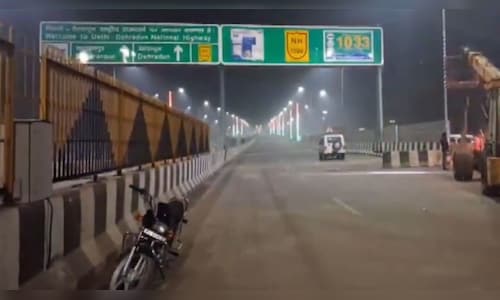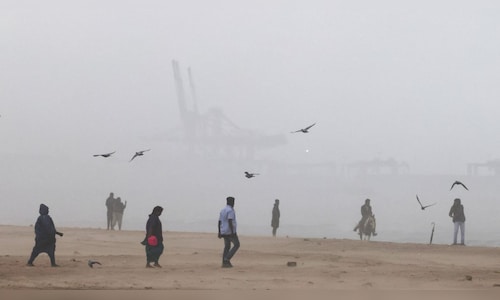India’s hospitality and travel industry is experiencing a significant surge in demand ahead of the Diwali weekend, with strong bookings reported across both urban centres and popular leisure destinations. From hotels to intercity buses, travel services providers are witnessing near-peak occupancy, underscoring a broader revival in domestic tourism.
Intercity bus routes are operating at close to full capacity, with occupancy levels touching 95–100 per cent, according to industry estimates. Many operators have also reported fare hikes of 1.5 to 3 times the regular rates, indicating strong and predictable demand elasticity during the festive period.
KB Kachru, President of the Hotel Association of India (HAI) and Chairman – South Asia, Radisson Hotel Group, said the sector is seeing healthy trends, particularly among mid-scale hotels and domestic travellers, boosted in part by the impact of the GST reforms.
Also read | Delhi will soon launch electric purple buses to ferry tourists across iconic landmarks
“Booking patterns this season highlight travellers’ preference for convenience, flexibility, and curated experiences. Many hotels are reporting growing interest in premium and experiential stays, signalling a shift toward immersive travel that blends leisure, culture, and wellness,” said Kachru.
He noted a marked increase in interest for tier-II and emerging destinations, as more Indians seek heritage-rich, offbeat locales for their Diwali getaways.
Also read | Mizoram sees spike in tourist arrivals, over 4,000 Inner line permits issued to travellers
“This demonstrates a broader diversification of travel choices, with domestic tourists moving beyond traditional metro cities toward more meaningful and memorable journeys,” he added.
Echoing this sentiment, Vikram Dhawan, Chief Strategy Officer at Ebix Travels, Delphi World Money Ltd, highlighted a shift in booking behaviour.
“With Diwali aligning with a long weekend this year, we’re seeing travellers plan their journeys well in advance to maximise the holiday experience,” he said. According to Dhawan, bookings from Tier II and Tier III towns now make up nearly 62 per cent of total volumes, driven by people returning home for the festivities.
“In aviation too, the shift in travel patterns is evident, with family and leisure trips making up almost 65–70 per cent of all bookings compared to regular periods. This surge is mirrored in accommodation, where we project a 15–20 per cent year-over-year increase in bookings, with homestays and villas seeing increased preference from large family groups,” Dhawan said, calling it a strong indicator of the sector’s recovery.
Rajesh Magow, Co-founder and Group CEO of MakeMyTrip, said visiting friends and relatives (VFR) continues to be the leading driver of travel demand during Diwali.
“Of the top 10 most booked destinations, five are metros — Delhi, Mumbai, Bengaluru, Hyderabad and Chennai,” he said.
“This year, with the festival falling early in the week, many travellers are booking their trips as early as the preceding Friday to enjoy extended festivities,” Magow added.
He observed growing interest in religious tourism, noting that cities such as Puri, Haridwar, Ayodhya, Rishikesh, and Varanasi were among the top high-growth destinations — a sign of families combining festive reunions with spiritual journeys.
In terms of leisure travel, Goa remains a favourite, with Jaipur and Udaipur also gaining popularity for short getaways.
“For international travel, short-haul destinations such as UAE, Singapore, Thailand, and the emerging favourite Vietnam have become the go-to choices this festive season for Indians,” Magow noted.
The festive momentum, experts say, is reflective of a wider rebound in domestic travel behaviour, driven by a renewed appetite for meaningful experiences, cultural connections, and family-oriented holidays.






